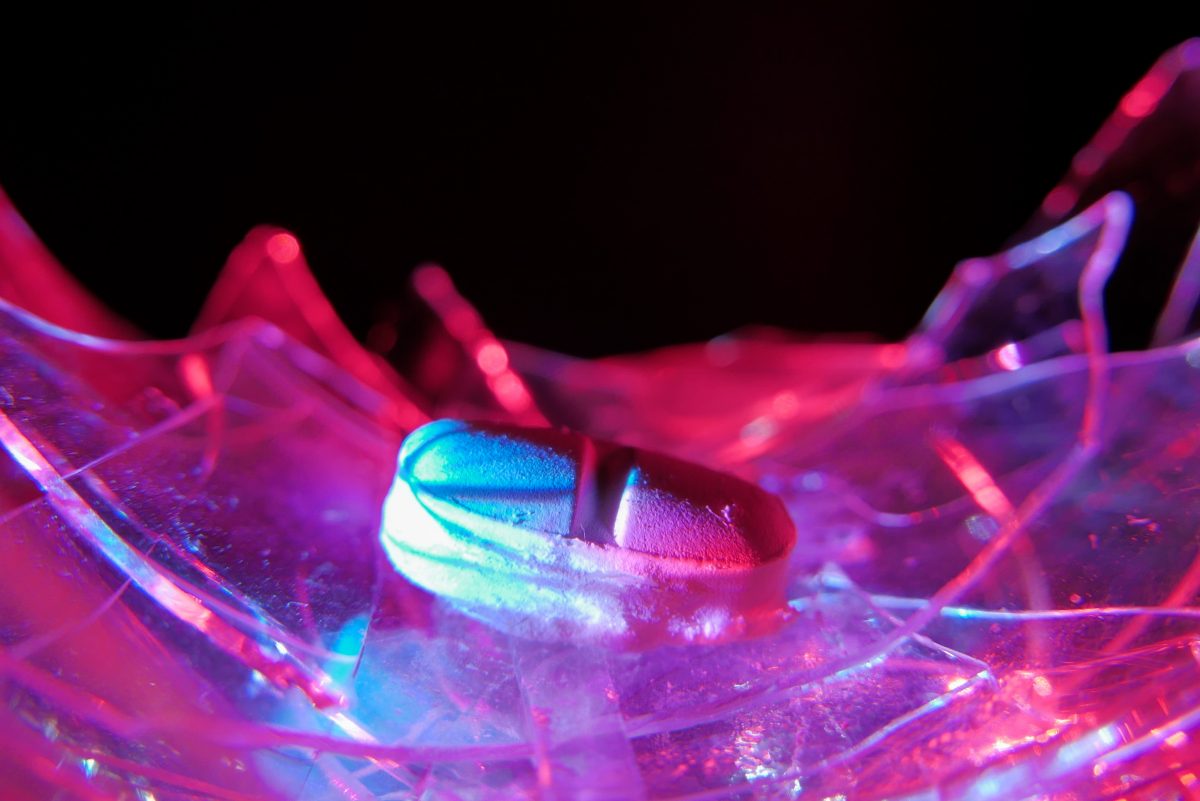
How is GHB used?
G is usually consumed as a liquid. It has no smell and little taste, making it easy to conceal it in a drink. G is rarely used as a stand-alone drug and is often consumed with a mix of other drugs. Currently, most users use G alongside crystal meth to enhance sex.
Why do people use G?
GHB’s effects on the body start within five to 20 minutes of taking the drug and last three to four hours. It causes a loss of inhibition, relaxation, an increased sex drive, and feelings of euphoria. GHB will only show up in a toxicology screen for four hours after use, so people that need to avoid detection on a drug test may be more likely to use GHB.
The way users feel when taking GHB is similar to the way some people feel when they drink alcohol. At a low dose, users generally feel more sociable, less inhibited, and lightheaded. With a slightly higher dose, they may feel these effects more intensely or become drowsy and dizzy. At a slightly higher dose, they may experience nausea and vomiting, while slipping into a deep sleep. An overdose can result in shallow breathing, a lowered heart rate, convulsions, sweating, confusion, hallucinations, seizures, black-outs, and unconsciousness that lasts for several hours. An overdose of G is an emergent situation at requires emergency care.
The side effects of G
GHB can be a very dangerous drug. A few droplets of the chemical can mean the difference between a high and a life-threatening overdose. The danger of GHB is that it suppresses the respiration system, slowing breathing to the point of passing out. Side effects of using GHB include memory lapses, drowsiness, clumsiness, dizziness or headache, lowered temperature, tremors, nausea, and diarrhea. Combining GHB with alcohol can significantly increase the most dangerous side effects of the drug.
The dangers of G’ing Out
GHB is a potent sedative that causes users to lose consciousness and fall into a deep sleep from which they might not wake for several hours. These users may vomit while they’re sleeping and choke to death. They may also begin to convulse or have trouble breathing. Users sometimes wake to discover that alarmed friends or family have rushed them to hospital for emergency care.
GHB is a the date rape drug
GHB’s liquid form allows predators to slip it into drinks, and its sedative effects prevent victims from resisting sexual assault. GHB can also cause amnesia, meaning that once people who have consensually or non-consensually consumed the drug recover from its effects, they may not remember what they have experienced during sedation.
Risks of GHB Addiction
For those suffering with GHB addiction, the consequences can be especially devastating. Like many other drug addictions, GHB addiction is defined by tolerance, physical dependence, and regular use of the drug despite negative consequences. Still, GHB addiction remains underrepresented in both medical research and self reports of use. In fact, The Office of National Drug Control Policy has reported only 72 GHB-related deaths since the 1990s, even though more than 16 thousand users have overdosed on the drug.
Many addiction specialists suspect that GHB deaths have gone unreported based on the circumstances surrounding drug use (such as chemsex parties) or on a cultural stigma attached to GHB users that is often rooted in homophobia. This secrecy may prevent many users who are addicted to GHB from entering treatment For users who stop using the drug abruptly, the withdrawal symptoms can be dangerous. Medical professionals have written that these symptoms may include anxiety, difficulty sleeping, paranoia, hallucinations, tachycardia, and fatal seizures.
Read more about crystal meth interventions in the LGBT community here.
About Adam Banks
Adam Banks is a certified interventionist and the owner of Adam Banks Recovery. After receiving an MBA from the University of Chicago, Adam built a company acquired by United Health Care. His discipline and attention to detail comes from his former career as an airline pilot, holding an ATP, the FAA’s highest license.
Today, Adam is dedicated to helping others achieve long-term sobriety. His work has guided executives, pilots, and physicians on paths to recovery. Adam brings families together through a loving and inclusive approach.
Adam has authored four books on addiction. His recent work, Navigating Recovery Ground School: 12 Lessons to Help Families Navigate Recovery, educates families on the entire intervention process. He also offers a free video course for families considering an intervention for a loved one.
Adam is available for alcohol and drug intervention services in New York, Long Island, the Hamptons as well as nationally and internationally.


